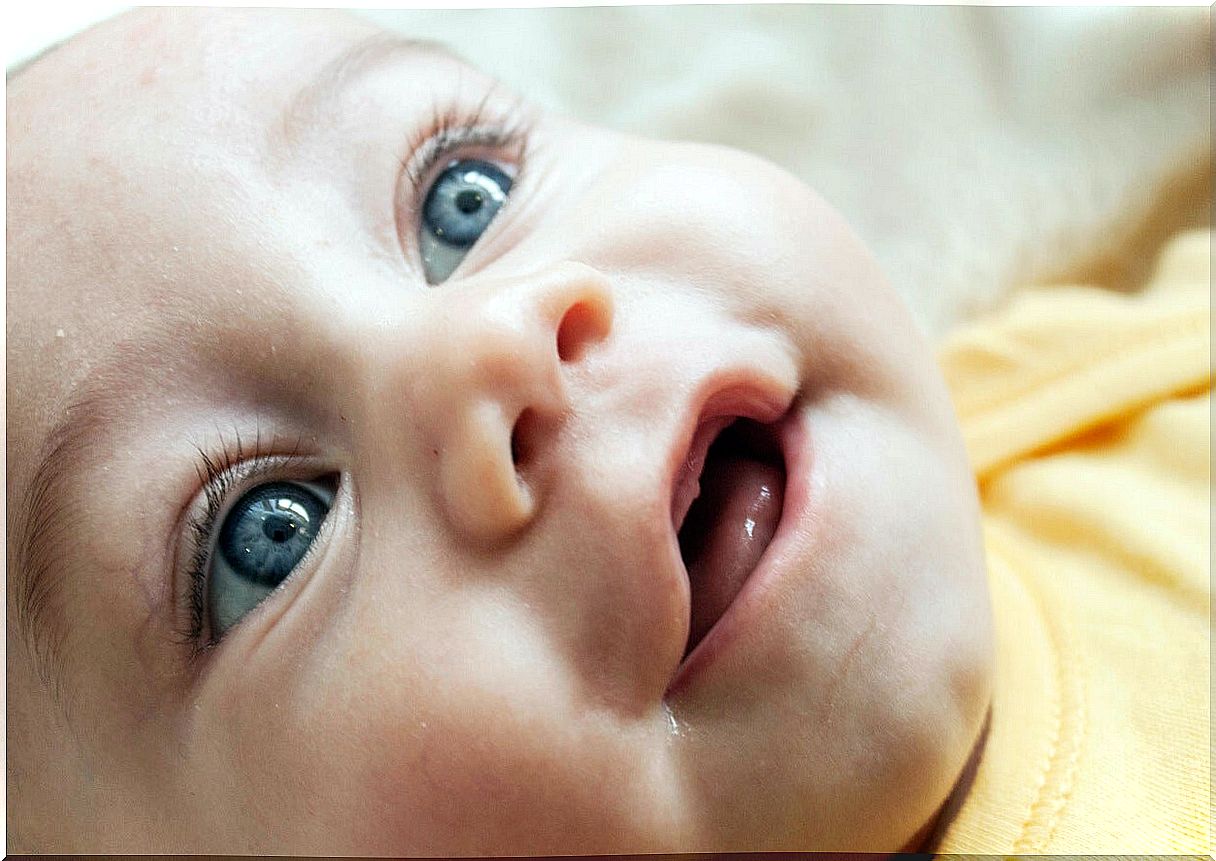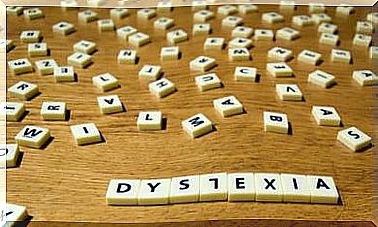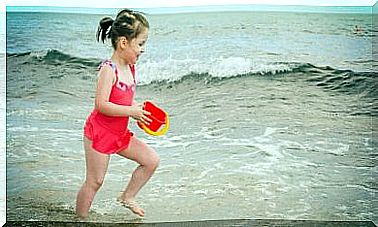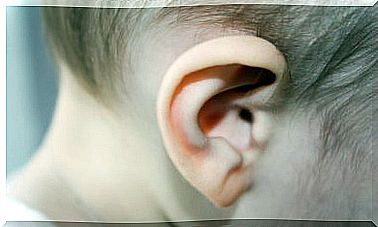My Son Hasn’t Had Any Teeth Yet, Is That Normal?
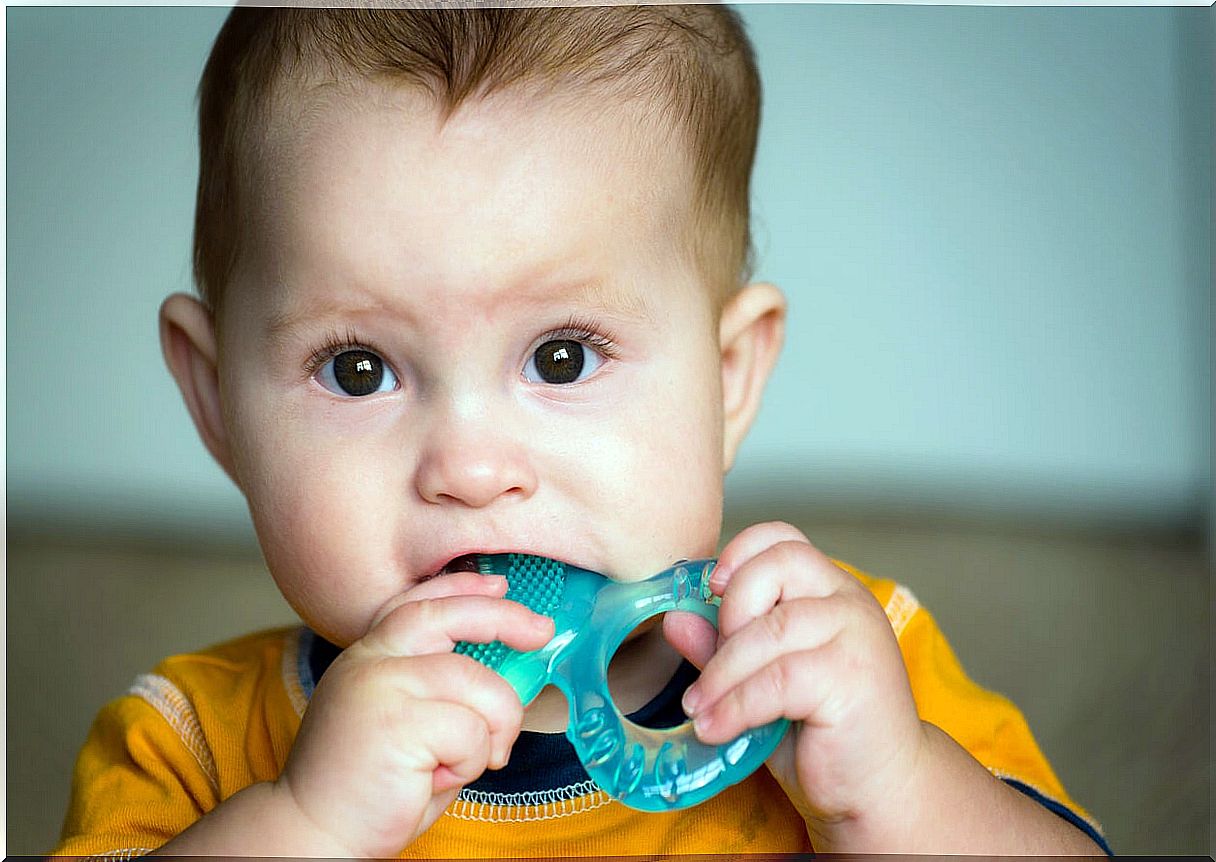
The arrival of the first tooth in the baby’s mouth is a moment of emotion for the whole family. But when time passes and no teeth have come in, many parents begin to wonder if something is wrong.
Will the little one be able to feed normally without teeth in his mouth? If the teeth are slow to come out, will they be crooked or will it affect the functionality of the mouth?
In general, the ages at which tooth eruption is expected are indicative and each child has its own growth rate. For this reason, a delay in the eruption is usually not a cause for concern.
However, there are some underlying causes that can lead to this condition. In the following lines we clarify those frequent doubts that arise when your child has not had any teeth.
The emergence of baby teeth
The teeth are housed inside the gums when the baby is born. Then, around 6 months of age, the eruptive process begins.
This consists of the vertical movement of the tooth from its original position, within the maxilla, to its functional location. This is when it manages to contact its opposing tooth to chew.
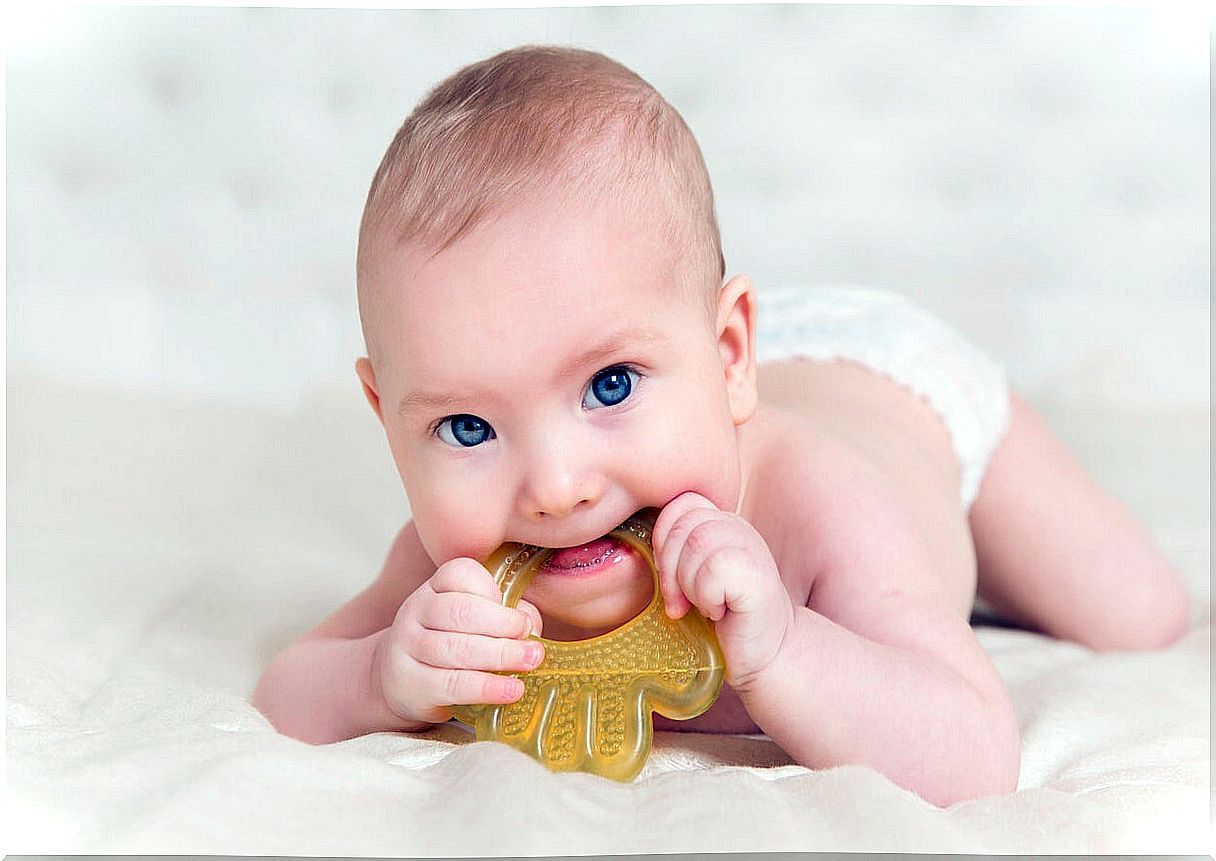
Thus, dental eruption is divided into three fundamental phases:
- Pre-eruptive : it is when the tooth is lodged inside the bone, forming. It lasts until the entire crown has developed.
- Prefunctional eruptive : when the crown is complete and the root begins to form, the tooth moves vertically. It breaks the gingival mucosa and appears in the mouth.
- Functional eruptive : it is when the piece that erupted reaches contact with the opposing tooth and begins to fulfill its masticatory function.
Each child has their own growth rate, which can cause teeth to appear before, after, or in a different order. Anyway, most of the time tooth eruption happens as follows:
- First, the 2 lower central incisors come out, then the 4 upper incisors and finally the 2 lower lateral incisors. This happens between 6 and 12 months of the baby.
- Between 12 and 18 months of the child the first 4 molars erupt and before 24 months the 4 canines.
- Finally, the 4 second molars appear, completing the eruption of the 20 baby teeth before the child reaches 3 years of age.
As we have already said, this process is highly variable and specific to each child. It is normal for some boys to have their teeth come out later than others and in a different order than the one mentioned here.
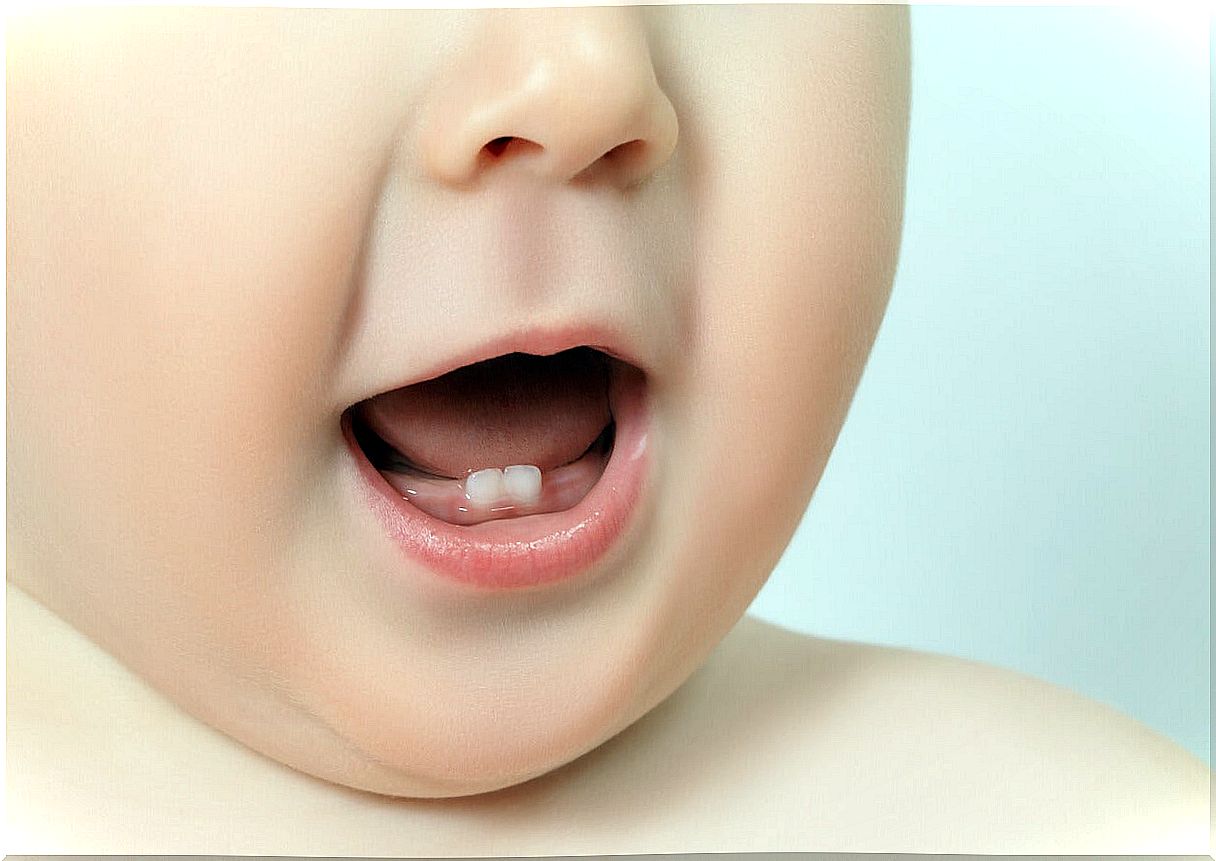
How to detect if there is a problem when no teeth have come out?
When a baby has no teeth, there is no need to worry in the first place. It is true that there are specific causes that can prevent teeth from erupting. But most of the time it is a simple delay. And with the passage of time the elements begin to appear.
The time interval considered normal for the appearance of the first tooth in the mouth ranges from 4 to 15 months. And at 3 years of age, all 20 baby teeth are usually out.
If at 18 months of age the child has still not had any teeth, it is time to consult the pediatrician to find the origin of the delay. The professional may suspect some external causes and will order the pertinent studies to be carried out to reach an accurate diagnosis.
In addition, oral X-rays are also necessary to observe what is happening in the bone and the development of teeth that have not yet erupted.
Why hasn’t any teeth come out of the child?
As we already mentioned, most of the time it is about the child’s own growth rate. But there can be many causes that can cause the child not to have any teeth:
- Heredity : a later eruption than normal is typical of some families.
- Problems during birth : Premature and low-birth-weight infants may have a late tooth eruption and enamel defects.
- Nutritional deficiencies : teeth can come out later in children with malnutrition, underweight, rickets or vitamin deficiency.
- Tumors or cysts in the mouth.
- Gingival fibromatosis : it is the thickening of the gum that prevents the correct dental eruption.
- Syndromes and systemic problems : delayed tooth eruption is associated with many syndromes, systemic pathologies, and developmental problems. Down syndrome, hypopituitarism, dysostosclerosis, and cherubism are some examples.
When is it time to go to the pediatrician if no teeth have come out
As we already mentioned, the time to consult the pediatrician is when the child is 18 months old and has not yet had any teeth. In any case, in routine pediatric check-ups the professional evaluates this aspect of development and can look for the cause of the delay.
The teeth are important for the oral cavity to fulfill its functions. Although a semi-soft diet is possible in a child without teeth, the pediatrician will best advise the family on how to provide new foods and textures without putting the child at risk.

Sometimes, when you are in your first year and you have not yet had any teeth, the professional may suggest the need for a panoramic dental X-ray. This allows you to have an idea of what is happening in the bone and if it is appropriate to keep waiting or start looking for other causes.
Accompany the eruptive process
In general, when your child has no teeth, there is no need to worry. The concern can be shared with the pediatrician, who will monitor and control the wait for the first dental element.
Taking care of the teeth, even if they have not yet appeared in the mouth, is important. With regular pediatric checkups, a varied and nutritious diet, gum cleaning, and first birthday visits to the dentist, we are already taking care of the baby’s mouth.
And if after 15-18 months the teeth do not appear or the eruption is very messy and asymmetric, it is a good idea to consult specifically with the pediatric dentist. He will be able to assess the condition of the mouth more closely. Removing doubts and responsibly accompanying your baby’s eruption process is part of taking care of his little smile.
